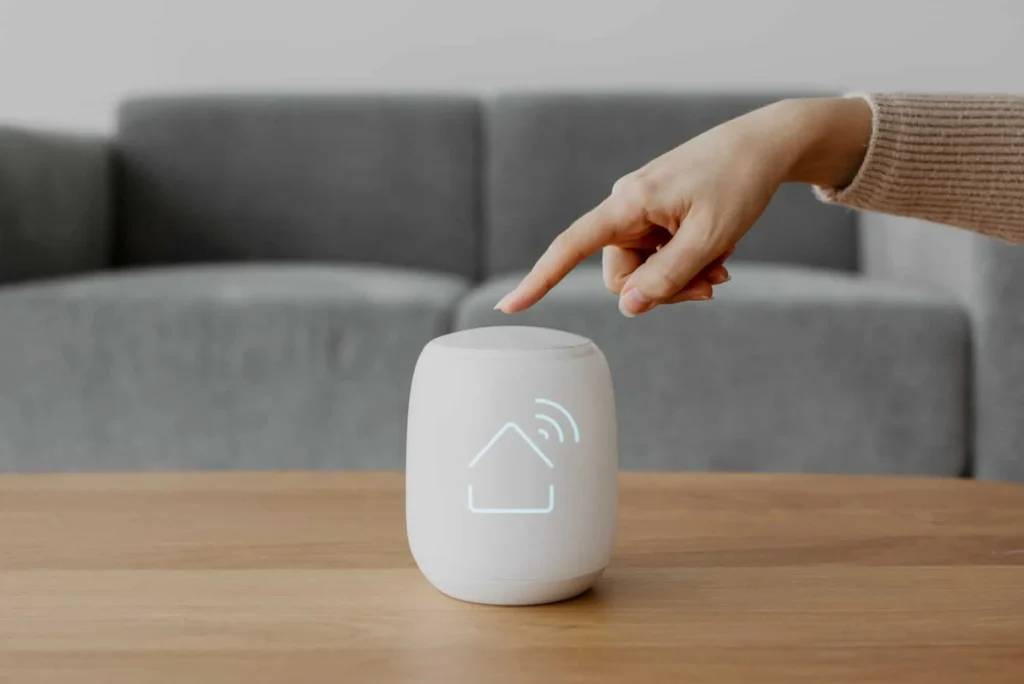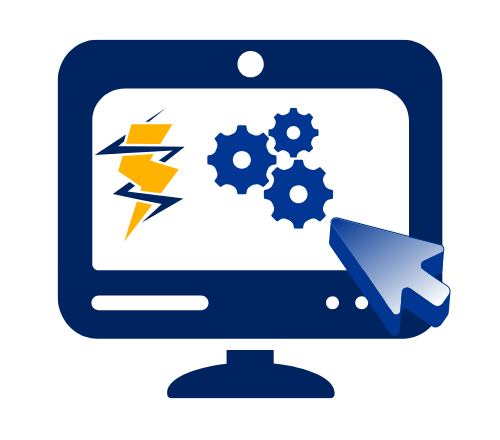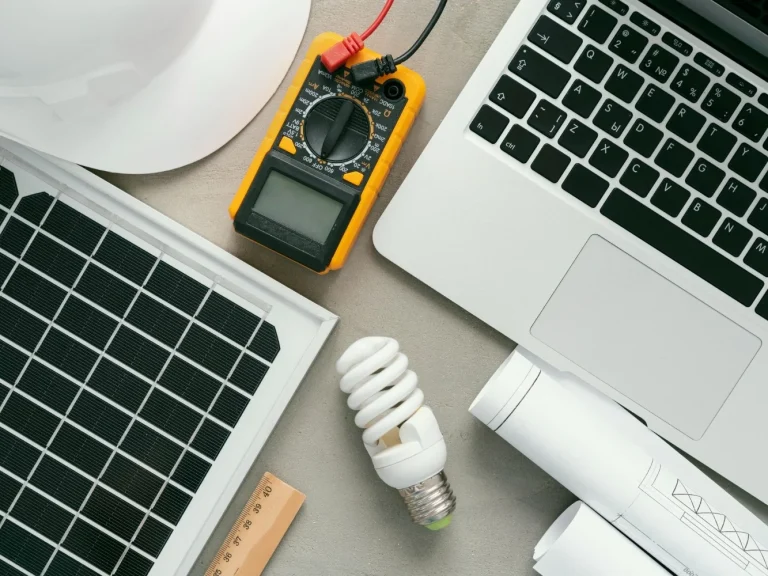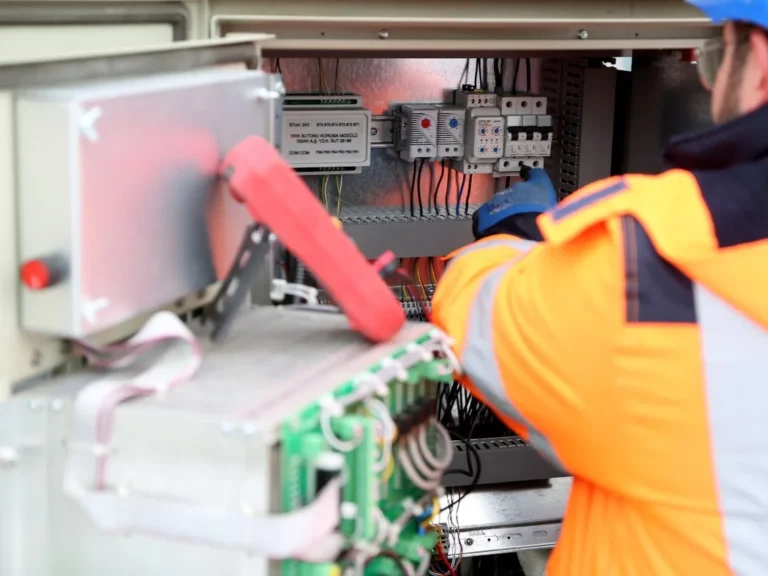How to Integrate Energy Monitoring with Home Automation
In today’s smart home era, homeowners face challenges like compatibility issues, complex setups, and unclear energy insights. Integrating energy monitoring with home automation helps you:
- Optimize Energy Usage: Real-time insights allow for proactive adjustments.
- Enhance Convenience: Automate tasks like turning off appliances during peak hours.
- Maximize Savings: Identify wasteful devices and adjust usage patterns for long-term savings.
This guide will walk you through the integration process, highlight the best devices, and share tips for getting the most out of your setup.
How to Integrate Energy Monitoring with Smart Home System (Step-by-Step Guide)
Step 1: Choose the Right Energy Monitor
- Compatibility Check: Ensure your energy monitor supports integration with major smart home systems like Alexa, Google Home, or Apple HomeKit.
- Consider Key Features: Look for devices that offer remote tracking and real-time solar app data. Not sure what to buy? This guide on choosing the right monitor for home will help you compare top options.
Step 2: Install the Device
- Setup Options: Decide between plug-in, wired, or wireless setups.
- DIY vs. Professional: Evaluate if you can install the device yourself or if professional installation is recommended for a seamless integration. Follow this DIY installation tutorial to do it on your own with confidence.
Step 3: Connect to Your Smart Home Hub
- Synchronization: Link your energy monitor to your smart home hub using the device’s companion app.
- Device Integration: Follow the manufacturer’s instructions to sync with your hub, ensuring it communicates with platforms like Alexa, Google Home, or Apple HomeKit.
Step 4: Set Up Automation Rules
- Create Rules: For example, configure automation to turn off appliances during peak hours.
- Smart Adjustments: Use automation features to schedule energy-intensive devices during off-peak times, saving both energy and money. And you can also integrate smart plugs that track usage to automate individual devices.
- Pro Tip: Refer to your device manual or online tutorials for best practices.
Step 5: Monitor and Optimize
- Data Insights: Regularly review the insights provided by your energy monitor.
- Continuous Improvement: Adjust automation rules based on real-time data to improve efficiency.
- Remote Energy Tracking: Leverage your monitor’s remote capabilities to manage energy usage even when you’re away. For larger homes, a whole-house monitor ensures complete coverage.

Challenges of Integrating Energy Monitoring with Home Automation
While integrating energy monitoring offers great benefits, be aware of these common challenges:
- Device Compatibility:
Ensure that your chosen energy monitor works with your smart home ecosystem (Alexa, Google Home, Apple HomeKit).
Image placeholder. - Complex Installation:
Understand whether a wired or wireless setup fits your home. Some setups may require professional assistance. This DIY guide walks you through common pitfalls and fixes. - Data Overload:
Too much data without actionable insights can be overwhelming. Choose devices that simplify data into clear recommendations. - Upfront Costs:
Balancing the initial investment with long-term energy savings is crucial, especially for budget-conscious homeowners. And if you’re managing a business, commercial energy systems can make those costs worthwhile with bulk insights.
Smart Ways to Automate Energy Savings
Implement these strategies to further enhance your energy efficiency:
- Auto-Adjust Thermostats:
Save up to 10% on heating and cooling costs by automatically adjusting temperatures based on occupancy (Energy.gov). - Turn Off Unused Devices:
Use smart plugs and AI-driven automation to power down idle devices and reduce wasted energy. - Use Motion Sensors:
Automate lights and appliances to turn off when rooms are unoccupied.
Monitor and Adjust:
Get real-time alerts when energy use spikes, and quickly adjust settings to mitigate waste. Whole-home systems make it easier to stay on top of consumption trends.
Conclusion: Is Smart Energy Monitoring Worth It?
Integrating energy monitoring with your smart home system not only provides valuable insights into your energy usage but also offers automation capabilities that lead to substantial savings. Whether you’re a renter, homeowner, or smart home enthusiast, there’s an ideal solution for your needs.
Start integrating energy monitoring with your smart home today and experience the benefits of reduced energy costs and enhanced efficiency. Explore the best energy monitoring systems now!
FAQs
Yes, reputable devices use encrypted data transmissions and robust security protocols to ensure your information is secure.
Many modern energy monitors are designed for easy integration with systems like Alexa, Google Home, and Apple HomeKit. Follow the manufacturer’s setup guide or refer to online tutorials for a smooth process.
Absolutely. Devices with remote energy tracking and smart automation features allow you to monitor and control your energy use from anywhere.
It depends on the device. Some energy monitors are designed for DIY installation, while others may require professional assistance for optimal performance.








